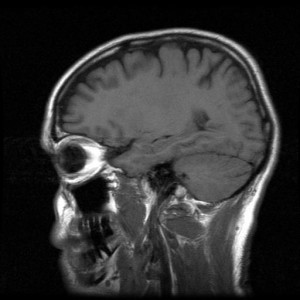Advances in science and technology are being made on many many fronts and almost every advance is billed as a breakthrough - the list of 'next big things' grows ever longer.
Obviously, not every emerging technology will alter the food science and technology landscape—but some truly do have the potential to disrupt the status quo, alter the way people live and scientists work, and rearrange ideals, values, practices and methodologies. It is therefore critical that business and policy leaders understand which technologies will matter to them and prepare accordingly.

The use and development of avatars could provide some interesting possibilities. Here are some random stops along the way to joining humans and machines:
1784: First known use of the word 'avatar', according to the Merriam-Webster dictionary. From Sanskrit, it refers to a Hindu deity in human form.
1924: Hans Berger begins the history of brain-computer interfaces by developing Electroencephalography (EEG), which measures electrical activity in the brain.
1958: In Sweden, Arne Larsson becomes the first person to receive a surgically implanted pacemaker.
1961: The first cochlear implant, called a bionic ear. It marks the first time a machine is able to, as The New York Times puts it, 'restore a human sense.'
1987: Max Headroom, about a fictional avatar, makes its debut on TV. In the story line, Max was created by downloading the memories of a TV reporter into a computer.
1992: Snow Crash, a Neal Stephenson novel, helps popularise avatars. 'If you're ugly', he writes, 'you can make your avatar beautiful.'
1997: Researchers at Emory University teach a stroke victim to use electrodes implanted in his brain, and sensors taped to his body, to move a cursor and spell words with his thoughts.
2003: Linden Lab starts Second Life, an online world that allows users to create avatars that can interact with other avatars.
2008: At Duke University, a monkey implanted with a brain-computer interface controls a robot on a treadmill in Japan.
2011: Dmitry Itskov starts the 2045 Initiative.
2012: At the University of Pittsburgh, a quadriplegic woman, Jan Scheuermann, eats a chocolate bar attached to a robotic arm controlled by implants in her brain.
2013: The MIT Technology Review reports that Samsung is working on a tablet computer that can be controlled by your mind.
(Image Credit: Max Brown at www.freeimages.com)


